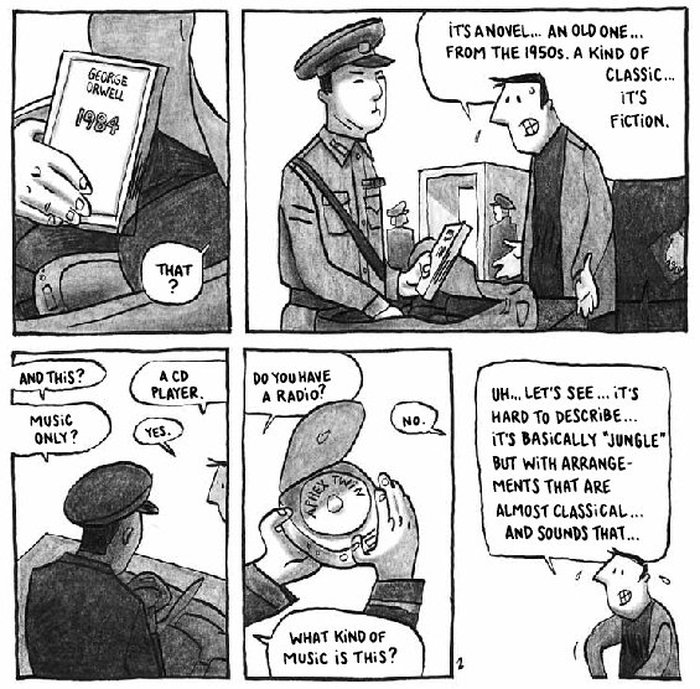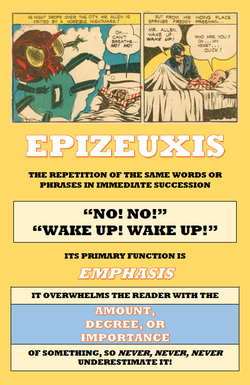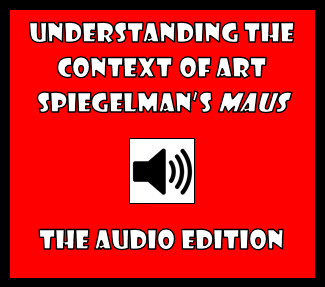|
by Glen Downey, Comics in Education, www.comicsineducation.com It's Authentic, It's Honest, It's Eminently Human...
If I had to explain what else prompts my particular interest in these books, however, and in the graphic travelogue in general, I think I'd say that I always find something fundamentally honest and eminently human about them. I often find these qualities to be in evidence in travel literature in general--whether it's Bill Bryson's self-deprecating humour in A Walk in the Woods or Jon Krakauer's efforts to wrestle with what happened during the ill-fated Everest expedition of 1996 in Into Thin Air. (I teach travel writing in the IB program at The York School in Toronto. We do Krakauer's landmark non-fiction novel as our text for the first unit of the course, having substituted it for Bryson's at the start of last year).
You'd think that travelling to a far away place and undergoing a remarkable experience might well end up being a potential recipe for overwriting. If the writer has been transformed by the place he or she traveled to because it was so meaningful, so profound, so unlike what anyone else must have ever experienced, then it's possible he or she would be too carried away with it all to write effectively. I suppose from time to time this happens, but I seldom find it does in the graphic travelogue. And I think, when it comes right down to it, that the answer lies in what a graphic travelogue is. It's a story about travel in words and pictures. And although it wouldn't be too difficult to manipulate the former to embellish one's story of travel, doing the same with the latter is much more difficult to pull off. A lot of what I find authentic about Delisle is how he depicts his reaction to a place--that way in Pyongyang that he shows himself just sort of standing or sitting in a place, looking around and shaking his head in mild to moderate disbelief. Sometimes with Krakauer and Bryson I can sense they're taking the odd liberty in their character descriptions (with Bryson, of course, it's nearly always to create humour). But with Delisle and with a number of other writers of the graphic travelogue, the visual nearly always helps me to believe in the authenticity of the experience they're sharing with me. And that, I think, is the great gift that graphic travel writing can give us.
0 Comments
Your comment will be posted after it is approved.
Leave a Reply. |
Glen DowneyDr. Glen Downey is an award-winning children's author, educator, and academic from Oakville, Ontario. He works as a children's writer for Rubicon Publishing, a reviewer for PW Comics World, an editor for the Sequart Organization, and serves as the Chair of English and Drama at The York School in Toronto. If you've found this site useful and would like to donate to Comics in Education, we'd really appreciate the support!
Archives
February 2019
|





 RSS Feed
RSS Feed
